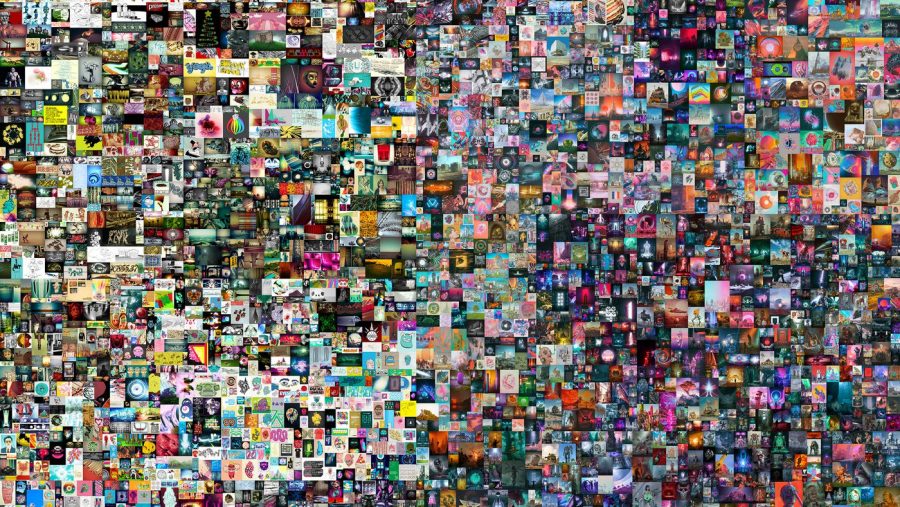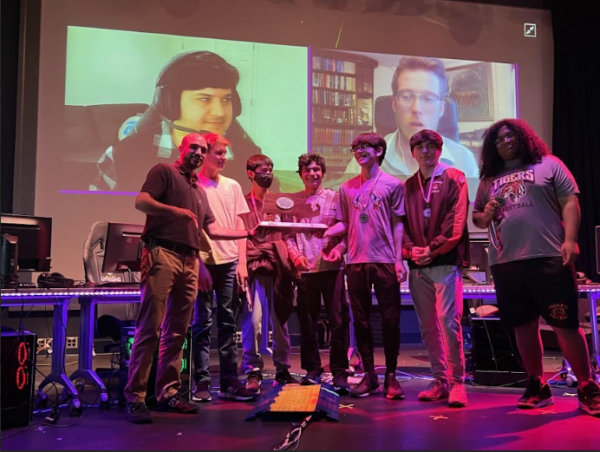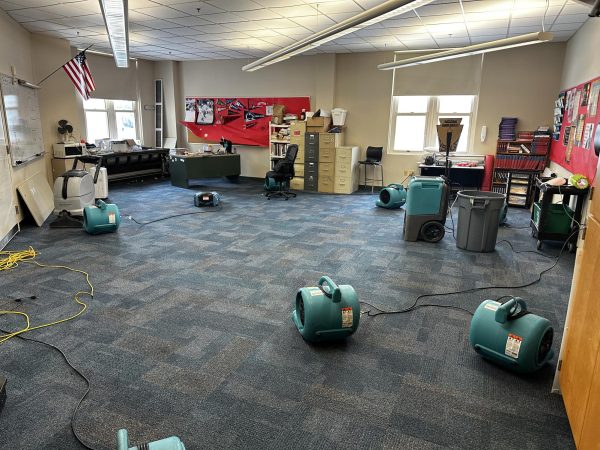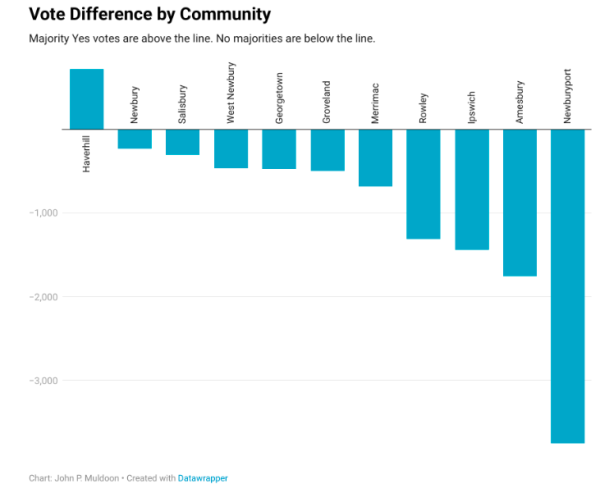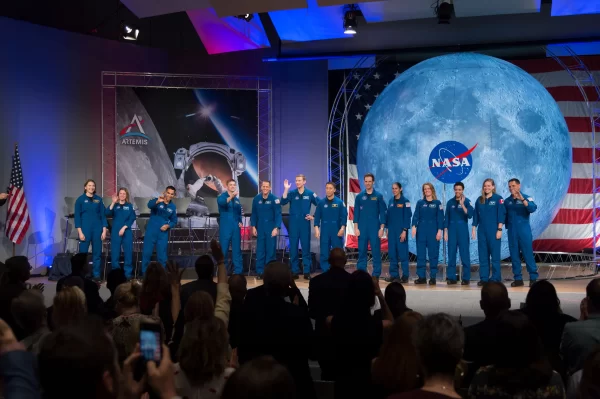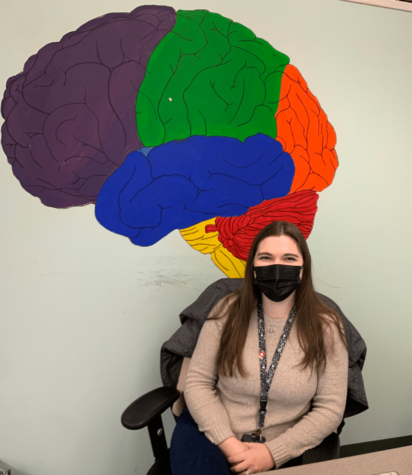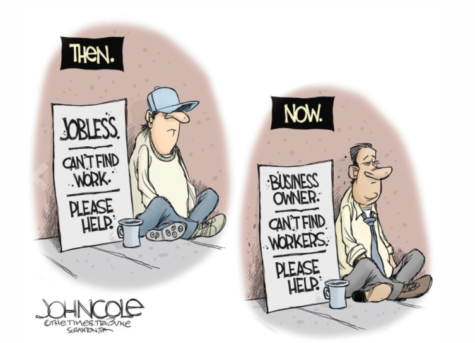The Future of NFTs
May 7, 2021
NFTs have been around for decades but recently gained popularity in February of 2021, and we are not exactly sure why. NFTs stands for a non-fungible token, meaning they are unique and can not be replaced with something else, like bitcoin. NFTs can be digital files of drawings, music, medical scans, farts, really anything! NFTs are part of the Ethereum blockchain, which is cryptocurrency.
Ms. Werner, a Math and AP Computer Science teacher at Ipswich High School, believes that their popularity is related to the pandemic and does not see a future for them. Although, she states, “They may have some potential to help artists monetize their work, which would be a good outcome in my opinion.”
While on the other hand, Ipswich High School senior, Alex Chouvelon believes that “in the future, … everyone will be using NFTs for major purchases like buying a house or car, and for signing contracts to cryptographically validate them.” This may be true. It is hard to predict what NFTs will look like in the future. Some believe that NFTs are really valuable and provide a new space for artists to share their work. Others believe that it is just another trend and isn’t valuable.
NFTs are free and public to everyone, so why buy an NFT? When you buy an NFT, you gain ownership of the content, but it still travels freely across the internet. It can be viewed, listened to, or saved by anyone. The more a file has been seen or shared, the more value there is to it. Then, NFTs can be sold on an online platform, where the original creator takes around 10% of the revenue, the platform takes a small percentage, and the seller would get the rest of the revenue.
Alex says that “It is always a nice thing when encryption projects and blockchain technology gains more traction with the mainstream,” but explains the increase in popularity from “crypto whales”, which are investors who have a significant amount of their money in NFTs. If the “Crypto whales” pulled out of NFTs, “they would have to pay taxes on their wealth, so they were trying to diversify assets. The large sale prices are not really sustainable but they did the job of getting everyone’s attention” Alex states.
Some view buying NFTs as a new way of collecting high-end art, while others view it as similar to trading digital baseball or Pokémon cards. It seems like almost anything can be sold as an NFT, including farts. According to New York Post, thirty-six-year-old Alex-Ramiers-Mallis and a group of his friends began sharing recordings of their farts on WhatsApp in March 2020. He just sold an NFT of “One Calendar Year of Recorded Farts” for $85.
According to New York Times, Mike Winkelmann, or more well-known as the digital artist Beeple, recently sold an NFT called “Everyday’s- The First 5000 Days” for $69M. It was the first purely digital art offered by a major auction house. Beeple believes that this is “the next chapter of art history.” The new owner of Beeple’s work does not get much more than a digital file and some rights to present the image, but Beeple hopes to work with the buyer to find ways to physically display his piece.
Instead of modern art, NFTs could be used for contracts for buying and selling items in the future. Similar to Beeple, Alex Chouvelon believes in the future of NFTs. He says, “The technology for NFTs is as I see it has a much more promising and sustainable future being used to tie contracts and deeds into a public ledger. Having this method of issuing out deeds and contracts will make them less easy to lose or have stolen from you. However, this development in contracts will also open a door for more means to enable oppression as well as State and Corporate surveillance.”
“As of now,” he states, “there will always be a place to sell NFTs of digital items, and I can also see their use going into video game worlds and as we inch closer to a matrix-like future, where their use will be essentially guaranteed for almost every transition of a rare item.”
Right now, the future of NFTs is not very clear. Some view this as a new way of auctioning modern art, while others view it as a way to trade Pokemon cards. Some argue that this is just another trend that will die out, while others believe NFTs could be the future of buying and selling houses or cars. We will just have to wait and see.

